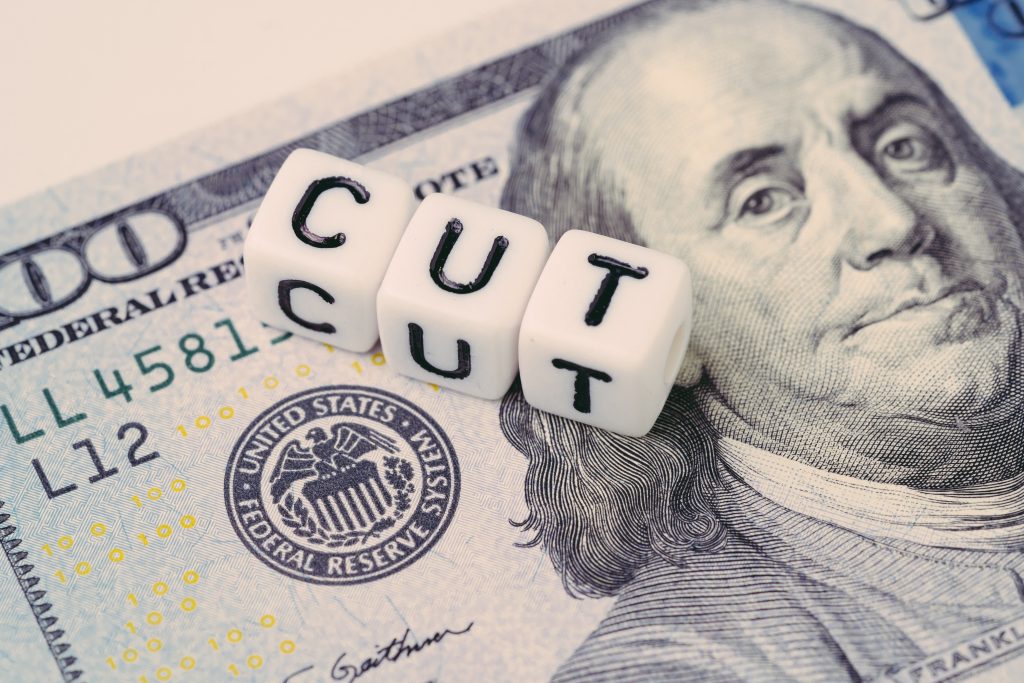The US Federal Reserve has lowered interest rates for the first time in over four years, marking a significant policy shift. This move, after a period of high rates to control inflation, aims to make borrowing less expensive for consumers.
As major central banks reduce rates, emerging markets stand to gain. Historically, lower rates in developed countries make emerging markets more appealing, encouraging capital inflows, boosting economic growth, and supporting investments in infrastructure and technology.
Rate cuts reduce borrowing costs, aiding emerging market governments and companies by easing access to capital and debt repayment pressures. Moreover, low rates in the US and EU often lead global investors to seek higher returns in faster-growing markets, increasing demand for emerging market assets.
Emerging economies benefit from enhanced currency stability as capital inflows improve their balance of payments, stabilizing inflation and making essential imports more affordable. Additionally, lower rates can stimulate domestic spending, boosting demand for local goods and services.
Saudi Arabia is becoming a highly attractive market amid global interest rate declines. The kingdom’s robust economy and reforms position it well to leverage cheaper borrowing costs for sustainable growth.
Arun Leslie John, Chief Market Analyst at Century Financial, notes that Saudi Arabia has a positive outlook, driven by strong non-oil sector growth and efforts to attract foreign investment. He pointed out that Saudi Arabia and other Gulf countries, with currencies tied to the US dollar, will benefit from rate cuts through lower financing costs, increased liquidity, and encouraged spending and investment.
These conditions could accelerate economic growth, boost stock prices, and enhance Saudi Arabia’s appeal as an investment destination. The kingdom aims to attract over $100 billion in annual Foreign Direct Investment (FDI) by 2030, a goal that seems attainable with the current monetary easing. John also expects Saudi banks to benefit from lower interest rates by the end of 2024, which will be crucial for supporting lending and diversification plans.
